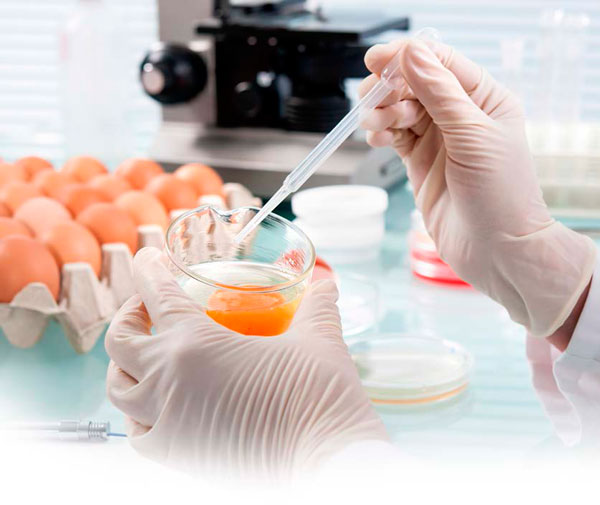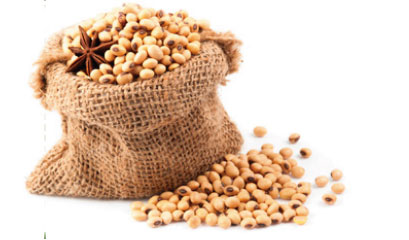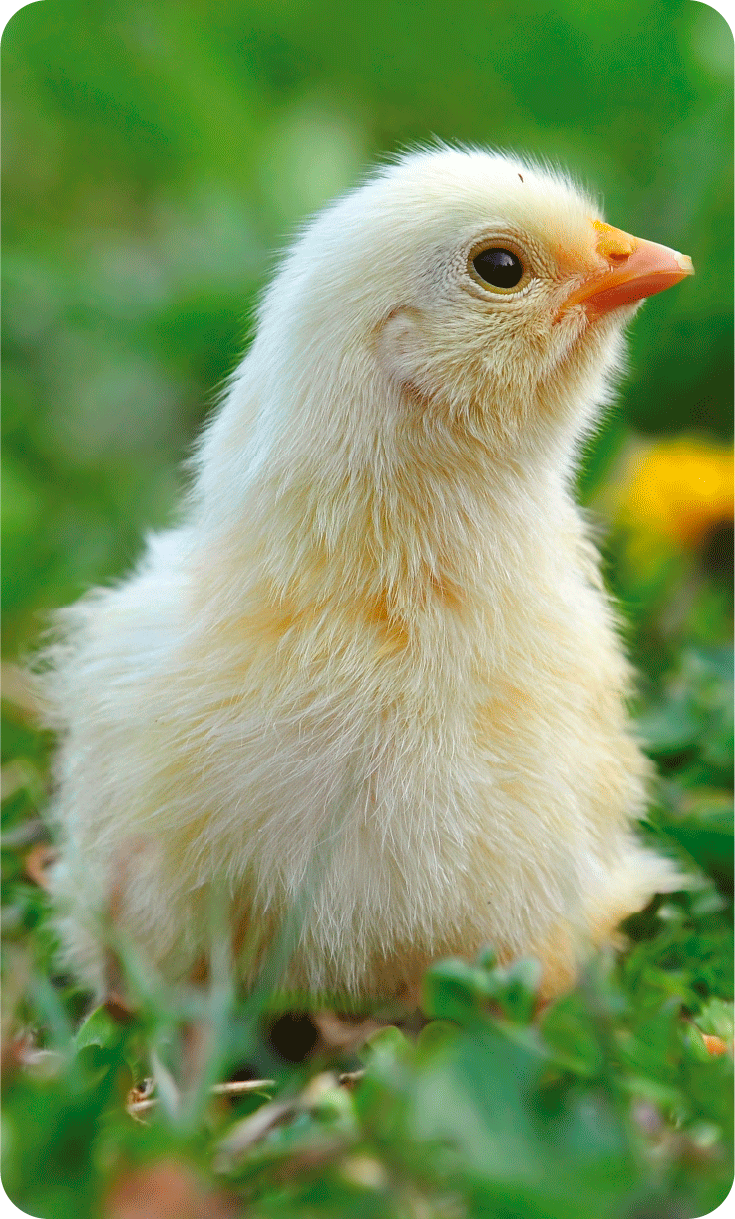Content available at: Español (Spanish)
When it comes to medium-sized layers, the key nutritional factors to consider are Met + Cys levels, ALA (linoleic acid), added fat, and feed energy content. When egg size is a priority, it’s best to increase Met + Cys in the starter feed by 2-3% in relation to that indicated in Table 1. An increase in Met (sulfurized AA) to increase egg size must be accompanied by an increase in the rest of the essential AAs.
For practical purposes, the factor that most influences the size of the egg is the weight of the chicken at the end of rearing. Pérez-Bonilla et al. showed that for every 100 g of extra live weight, egg weight increased by 1.0-1.1 g.


Increase in egg size with age is due to the increasing size of the yolk, which is also accompanied by more albumen (Grobas et al.)
A reduced level (<1.1-1.2%) of C18:2 (linoleic acid) affects the size of the yolk. Given the little existing knowledge about the actual C18:2 content of DDGS and whole soybeans and the existing variability in relation to their true fat content (and therefore ALA), a practical minimum of 1.35% is recommended.

High energy levels tend to slightly improve egg size (Pérez-Bonilla et al., 2012; Bouvarel et al., 2010). This is either due to higher levels of added fat in the feed or to higher live weight of the hens. In the case of organic productions, the inclusion of broad beans (Vicia faba) reduces egg size, due to their high content in the glycosides vicin and convicin (Mateos and Puchal, 1982; Lessire et al. , 2017)
Due to the prohibition of molting and in order to amortize the initial cost of pullets, the trend now is to increase the length of laying cycles. In case of long cycles (≥ 80-90 wk) and in order to minimize layer weariness, it’s convenient to avoid excessive egg sizes by reducing the level of Met (and the rest of essential AAs) and controlling the percentage of added fats.
Keep up to date with our newsletters
Receive the magazine for free in digital version
REGISTRATION
ACCESS
YOUR ACCOUNT
LOGIN
Lost your password?

















